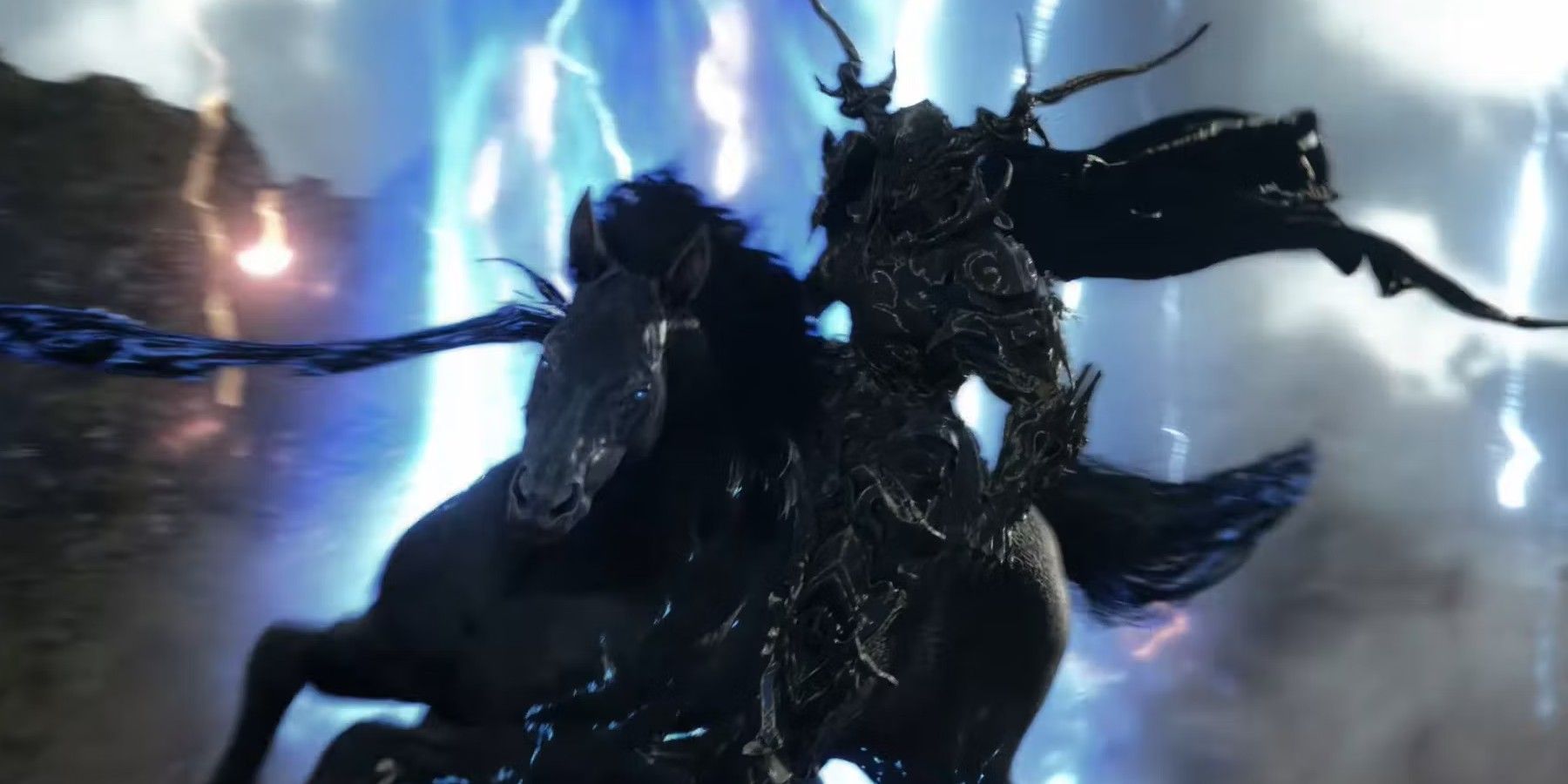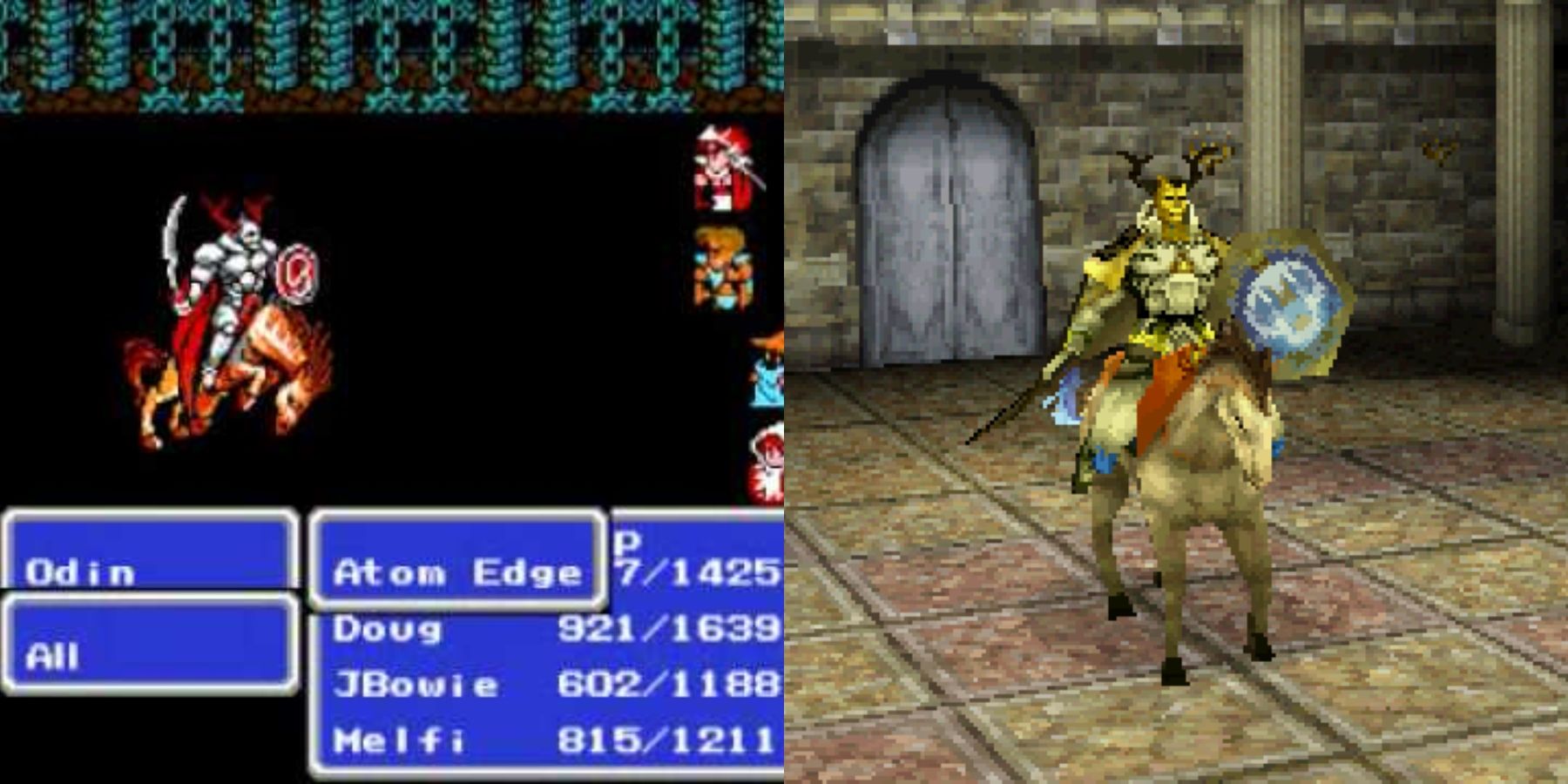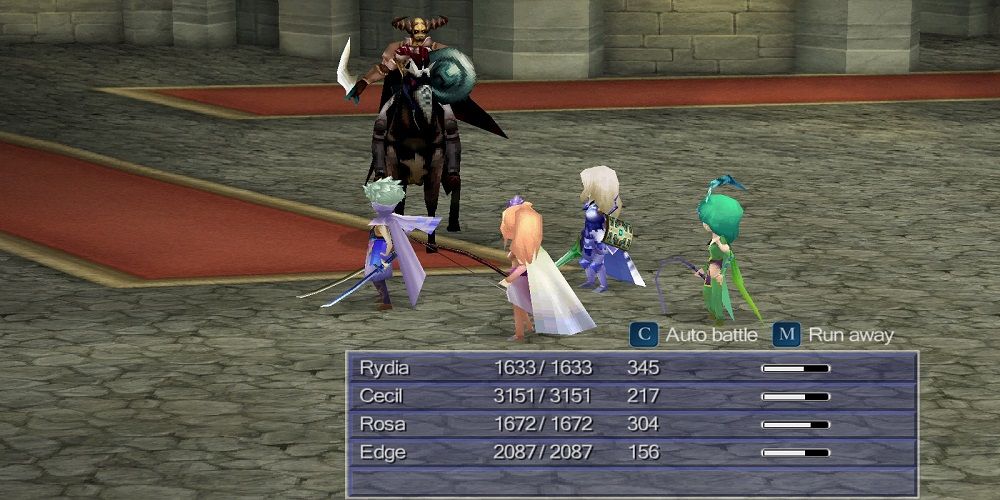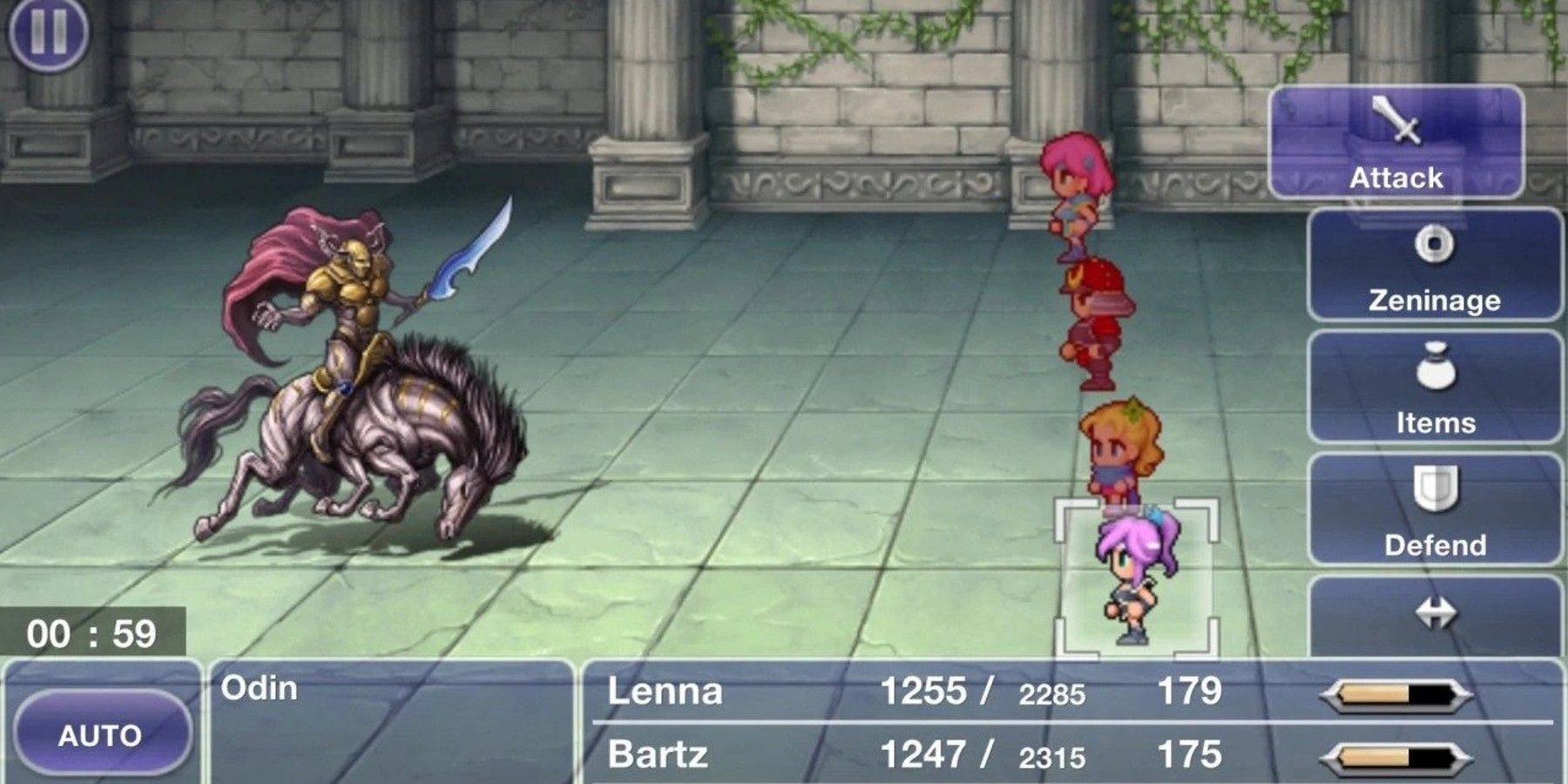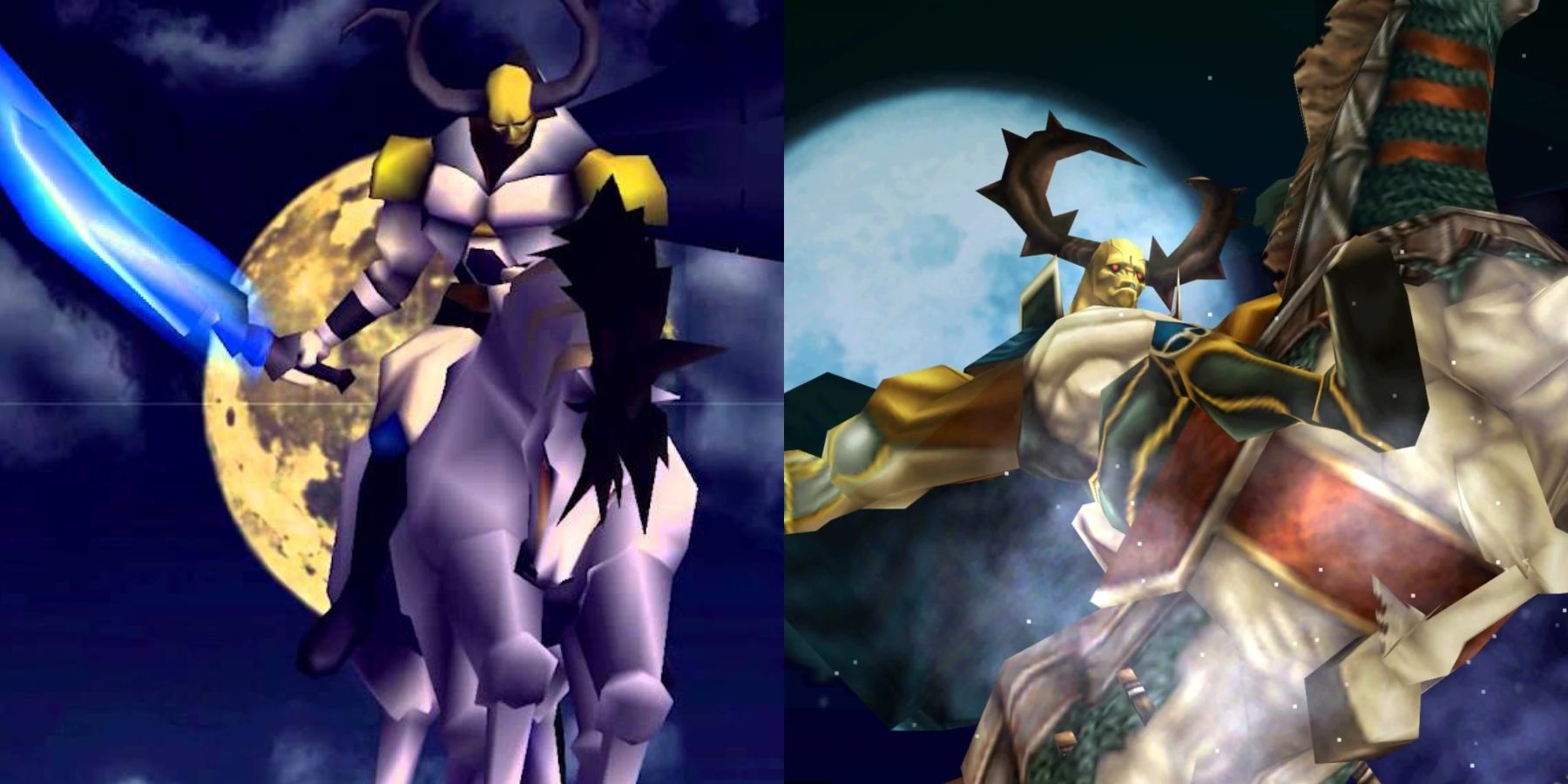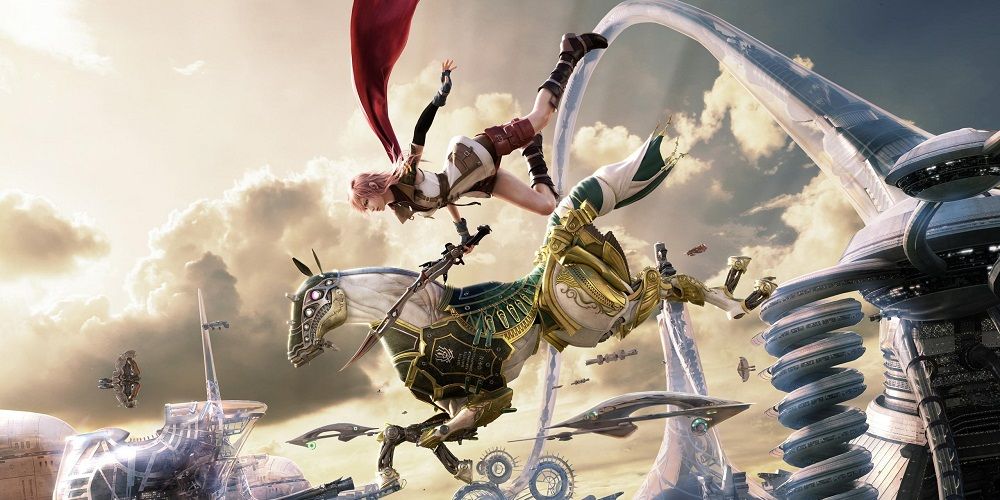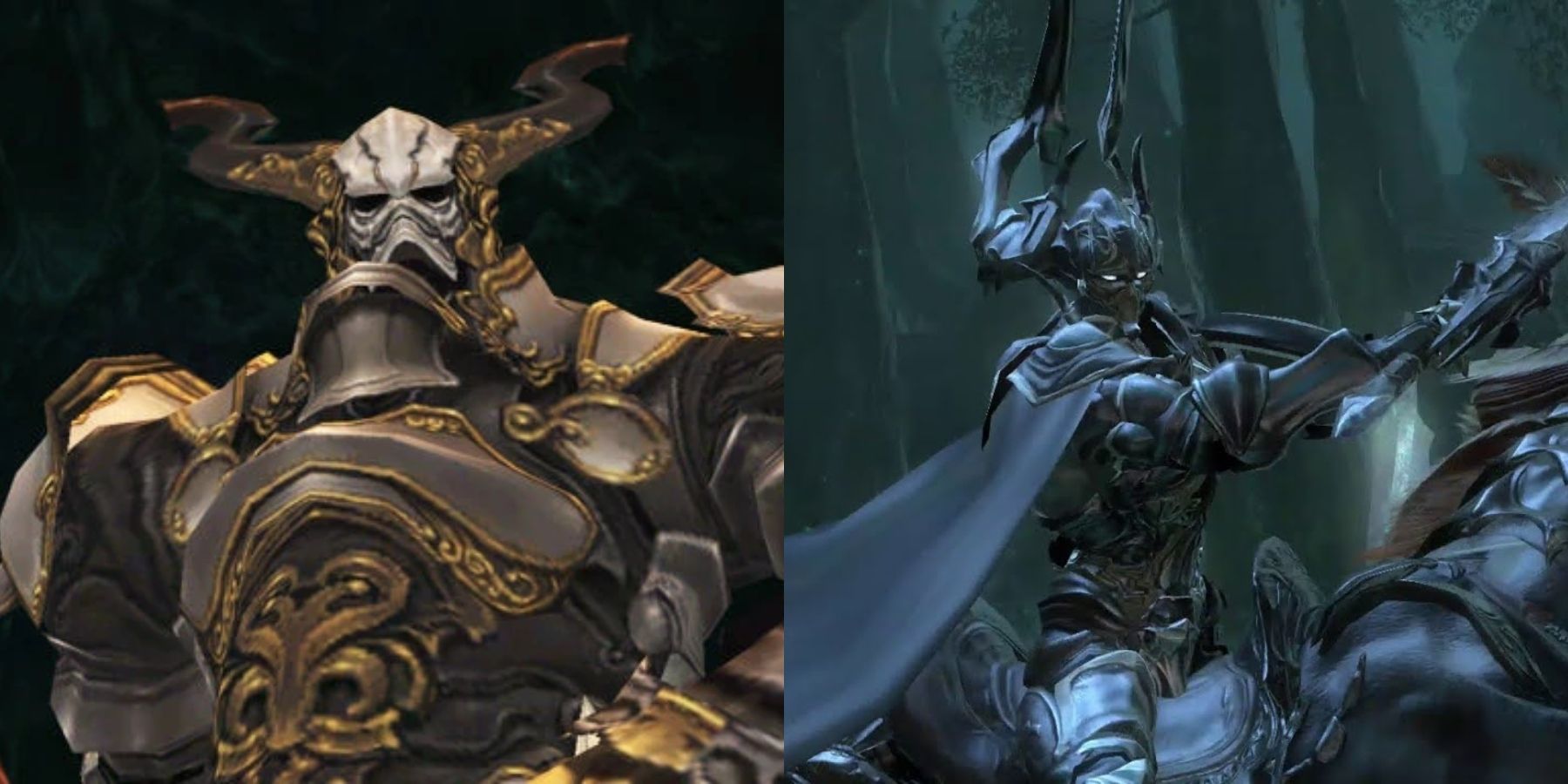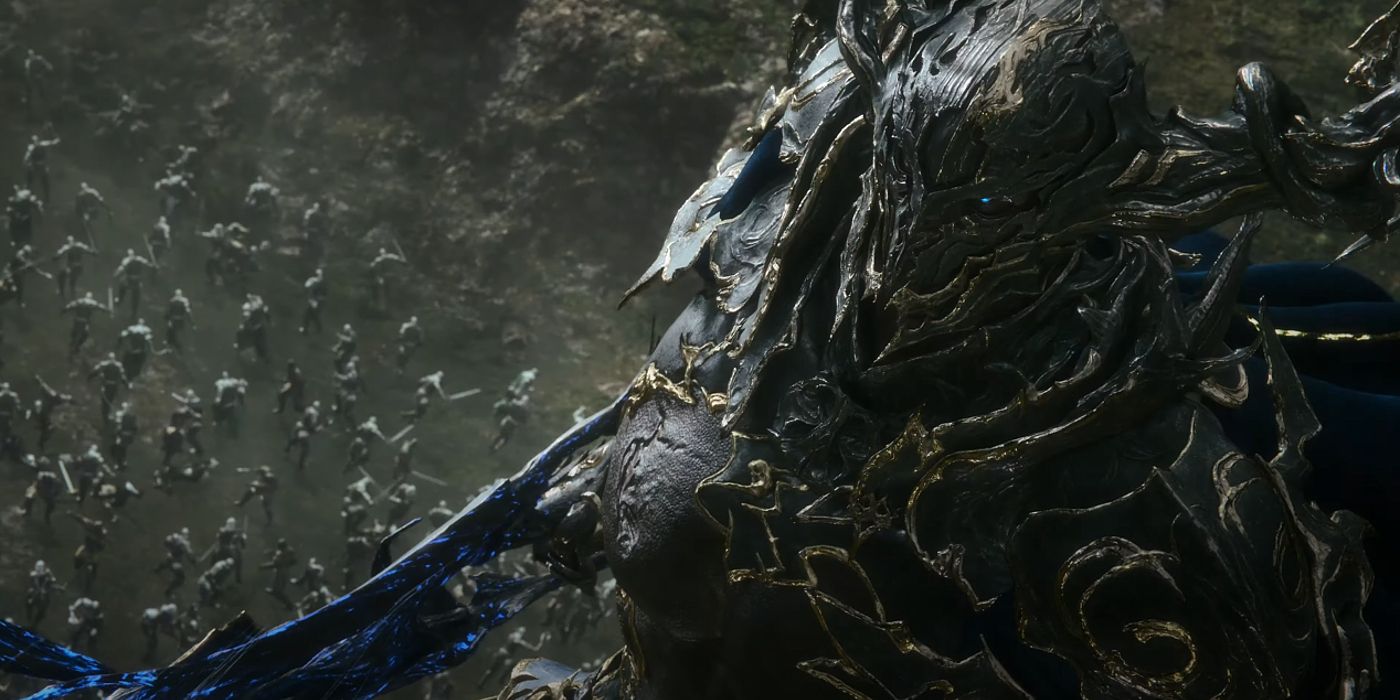Over the years, Square Enix has really leaned into Final Fantasy’s status as an anthology series. With this in mind, it’s little surprise that its features have changed dramatically between installments, depending on the themes of each universe. Even though the mainline games share a naming structure, each is often detached from the rest. One of the best ways to see this phenomenon in action is to look at Final Fantasy’s iconic summons.
One summon that’s remained a near-constant presence in Final Fantasy’s history since his debut, is Odin. Even though the entity in question differs significantly from the one seen in Norse mythology, and its inspirations like God of War: Ragnarok, Square Enix’s Odin is still a formidable force. Considering the character is set to reappear once again in Final Fantasy 16 next year, now is the perfect time to explore how Odin has changed.
Odin in Final Fantasy 3
Like most of the series' iconic summons, Odin first appeared back in 1990’s Final Fantasy 3. Most of what fans have come to love about the entity, and what’s helped to keep him popular alongside the likes of Ifrit and Shiva, was established during his debut appearance. Despite this, it should be noted that the character actually shares only a few things with his Norse namesake.
Unlike the Odin of Norse mythology, Square Enix’s incarnation has often had more in common with the dark knights found within Arthurian legend. Clad in elaborate armor and a demonic-looking helm, the Odin of Final Fantasy 3 first established this trend. While the unarmed horse that the summon is always seen riding is inspired by his mythological counterpart, it should be noted that the god preferred an 8-legged steed named Sleipnir.
From a mechanical perspective though, Final Fantasy 3 established a blueprint for the franchise’s Odin that has been emulated by almost every installment since. Just like in future games, FF3 players had to prove they were worthy enough to summon Odin by beating him in a boss fight. His iconic Zantetsuken attack, which sees him sever enemies in half with a sword, also made its first appearance during this fight.
Final Fantasy 4’s Odin
Players didn’t have to wait long for Odin’s second appearance, following his debut in FF3. What’s striking about his role in Final Fantasy 4 though, is the fact that the summon takes up a more prominent role within the game’s overarching narrative. Part way through the adventure, it’s revealed that the King of Baron has been transformed into Odin following his murder at the hands of Cagnazzo. After a boss fight with the entity within Baron Castle, Rydia is granted the ability to summon him in battle.
Final Fantasy 5’s Odin
Even though the Odin of Final Fantasy 5 shares a lot in common with the incarnations that followed him, this particular version is worthy of some extra attention. That’s because, out of every Odin that’s appeared within the series, a case can be made for FF5’s being the most mythologically accurate. Riding atop a six-legged horse, similar to Sleipnir, this incantation also wields a spear named Gungnir. Which, significantly, is the same weapon the Norse god utilized.
Odin’s Optional Summon Era
With most of his looks and attacks having been cemented in earlier installments, Odin experienced a period of stability following Final Fantasy 5. In Final Fantasy 6, 7, 8, and 9, the character played more of a background role in terms of gameplay, as an optional summon that players could unlock with extra work. In FF6 for example, players could add the summon to their arsenal after stumbling across his magicite in the Ancient Castle.
Similarly, the Odin of Final Fantasy 7 can be called upon by the members of Cloud’s party, after his summon Materia has been picked up from the Shinra Mansion in Nibelheim. Like most of these depictions, Odin’s move-set was technically tweaked within the PS1-era JRPG though. Instead of welding the Norse-themed Gungnir for example, this version has access to the setting-appropriate Gunga Lance.
Within Final Fantasy 8, players can unlock the ability for Odin to appear at the start of a battle, as a random summon. Doing so isn't easy though, as he must first be beaten during a time-limited battle within the Centra Ruins, whilst the player rushes to beat a series of puzzles. If this is done before fighting Seifer, Odin will appear at the start of the boss fight. After quickly being taken down by the villain, he will seemingly be reborn as Gilgamesh, and will remain with the player for the remainder of the game.
In comparison to this, Final Fantasy 9’s optional Odin was changed to be far more straightforward. When it comes to gameplay, Dagger can summon Odin whenever she has been equipped with Dark Matter. Reflecting his role in FF4 and 8, Odin also plays a minor role within the game's story. After Queen Brahne has temporarily extracted Dagger's Eidolons, she uses the summon during her villainous attack on Cleyra.
Final Fantasy 13's Odin
Odin's appearance in Final Fantasy 13 acts as a stark contrast to the era of the series' history, where he was often relegated to an optional summon. That's because within the polarizing entry in Square Enix's franchise, Lighting can access Odin as her own personal Eidolon. After facing him in battle to prove her worth during the game's story, the entity can be called upon during battle. Unlike the aforementioned incarnations though, FF13's Odin can transform into a horse when he's in Gestalt Mode, which allows Lightning to ride him. In a break from tradition, this version of the entity wealds an s-shaped sword.
Odin’s MMO Appearances
Having failed to show up in Final Fantasy 10, Odin eventually appeared in the next mainline numbered installment. Considering how Final Fantasy 11 was Square Enix’s first attempt to translate its JRPG series into an MMO, it isn’t shocking that Odin was tweaked for the game. While his physical appearance remained largely unchanged, the way in which players summoned him was altered so that he could fit into an online game.
Initially, when the game launched Odin was only present as the name of one of the MMO’s servers. It wasn’t until FF11’s March 2010 update that Odin physically appeared as an Avatar for Summoners over level 75, under the effect of an Astral Flow. Attempts to include the entity, whilst ensuring the game remained balanced, go some way to explain why his summoning was so complex. This line of thinking has also shaped his second MMO appearance.
In an era when multiplayer games are often persistent experiences that change over time, it’s not shocking that Square Enix has used Odin in Final Fantasy 14 along these lines. Even though he can be encountered as a roaming primal, via his sword, it’s arguably his other cameos that are more notable. Under certain conditions and points within the MMO’s story, Odin can appear in a helping capacity. To date he’s also cropped up in special seasonal events as a boss encounter, such as Final Fantasy 14's 2014 Fan Festivals.
Odin’s Appearance in Final Fantasy 16
Except for FF10 and FF15, Odin has technically played a role in every mainline Final Fantasy game. Within Final Fantasy 12 for example, the character appears in cameo-form as an airship within the fleet of the Archadian Imperial Army. Even in the universe of Final Fantasy 15, it’s been established through tie-in media that Odin played a significant role in the War of the Astrals.
When it comes to longevity, there aren’t too many summons within Final Fantasy’s history that can compete with Odin as a result. Keeping all of this in mind, it’s no surprise that the entity has already been confirmed to appear in the upcoming Final Fantasy 16. On a physical appearance front, the PS5 game’s incarnation appears to be a giant version of what fans have come to expect. Complete with iconic dark armor, sword, and trusty 6-legged horse companion.
Thanks to Final Fantasy 16’s ‘Dominance’ trailer though, it’s clear that Odin and the series’ other summons will play a central role within the game’s story. On a level that no other entry has ever come close to even trying. Each global power within Valisthea is said to have access to a Dominant, a person who under certain conditions can transform into an Eikon. With Odin being one of these, seemingly for the Kingdom of Waloed and its monarch, players should be prepared to see the summon in a brand-new role.
Final Fantasy 16 is in development for PS5.




